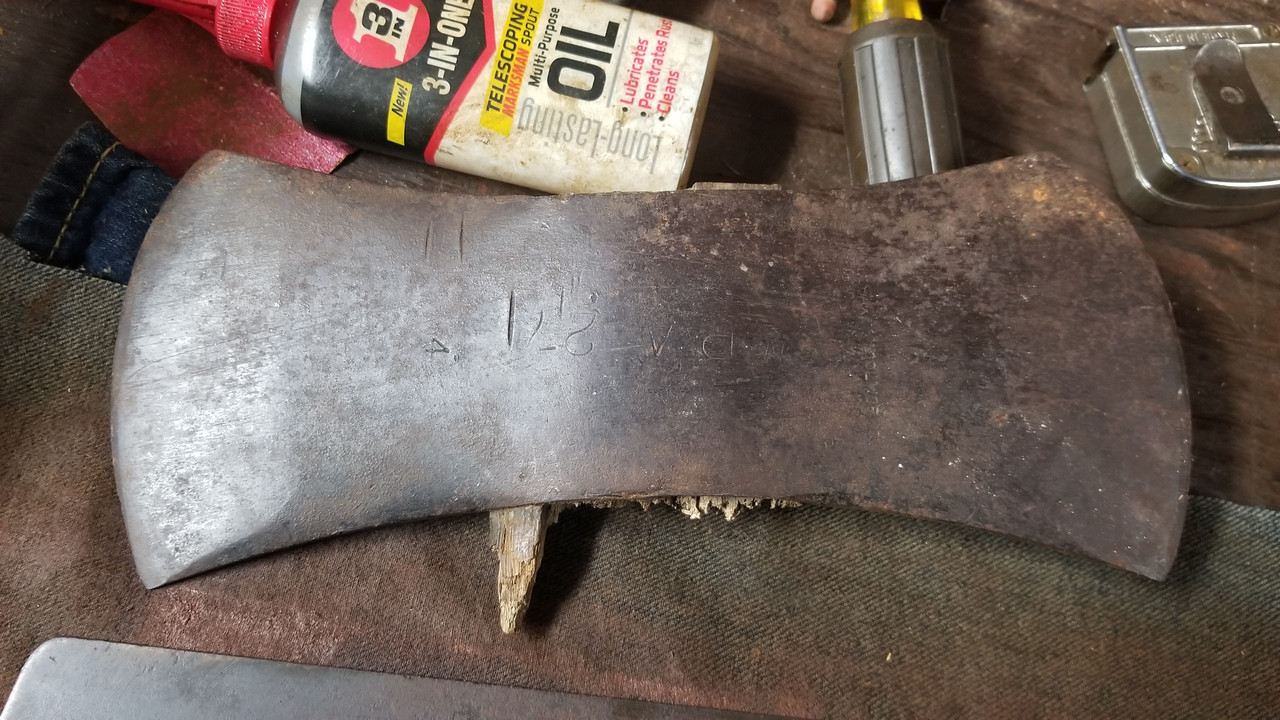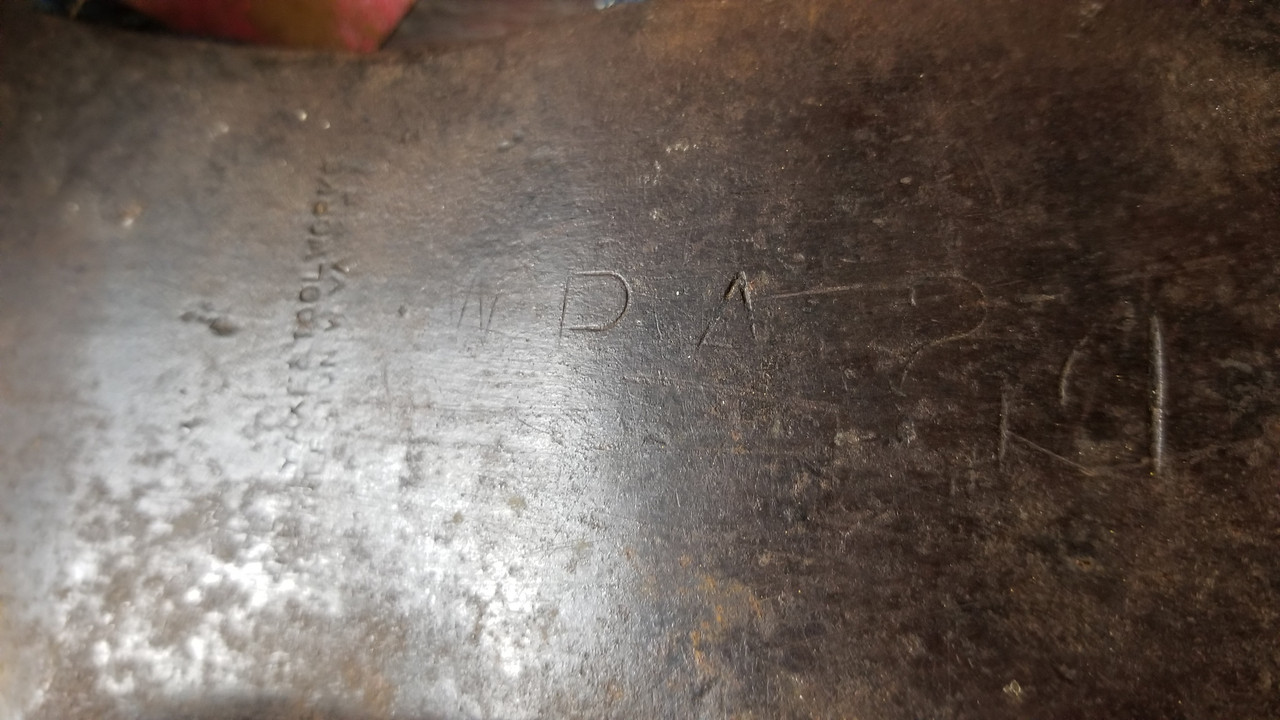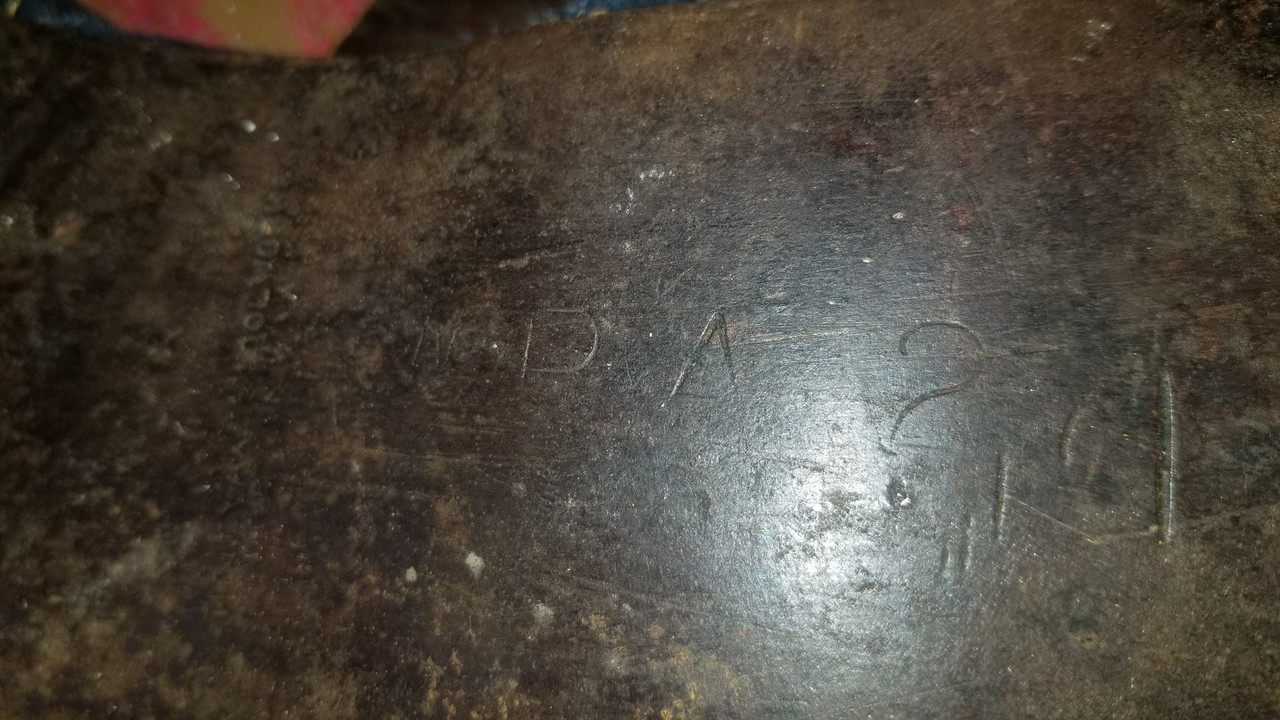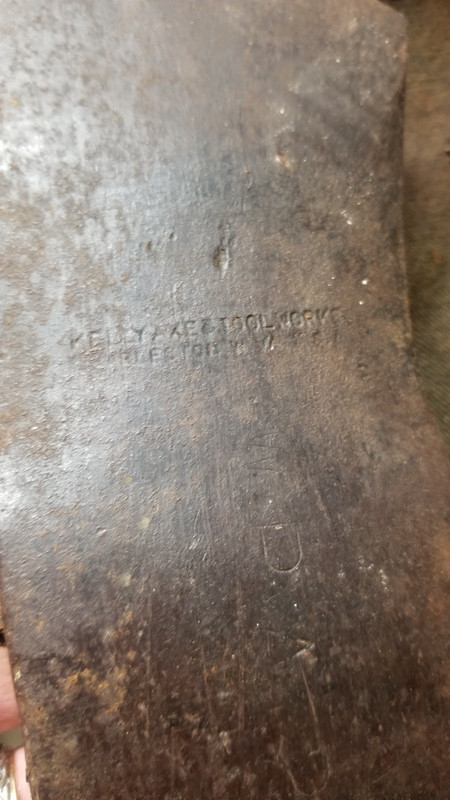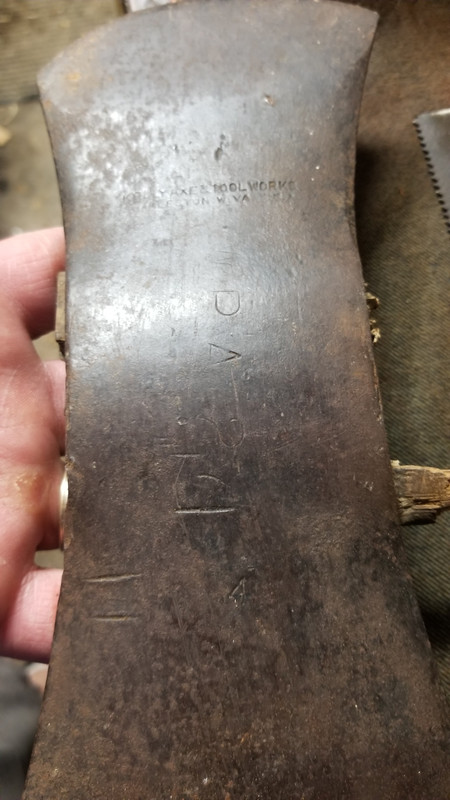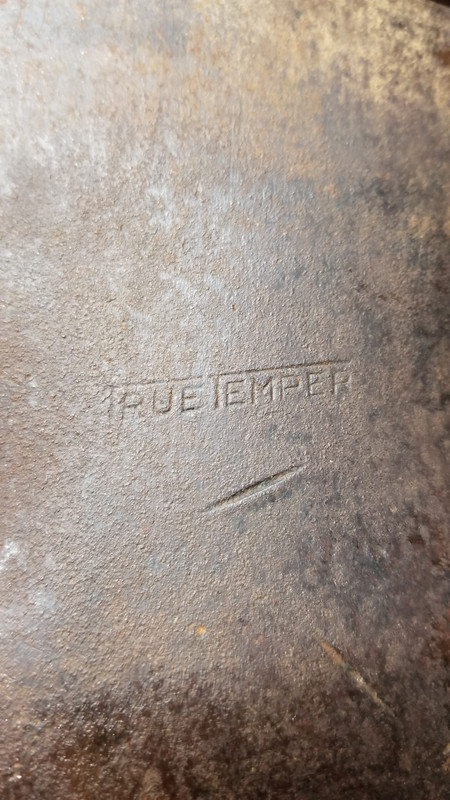- Joined
- Mar 31, 2018
- Messages
- 1,875
Hello all. I've looked for a thread pertaining to this and didn't find one. But they are some important tools in my opinion and I'm interested to see what you guys have. I purchased this pulaski as an after thought at a local antique dealer for 5 bucks!
 It has 7 stamps not counting the "Vaughn" stamp. You can see 5 of them here;
It has 7 stamps not counting the "Vaughn" stamp. You can see 5 of them here;
 In trying to locate camp SP9 I emailed back and forth with the president of the ccc legacy for about a month. We weren't able to locate the camp unfortunately. Some of her words I thought were interesting and here are a few snippets.
In trying to locate camp SP9 I emailed back and forth with the president of the ccc legacy for about a month. We weren't able to locate the camp unfortunately. Some of her words I thought were interesting and here are a few snippets.



Here is the other CCC and BR(bureau of reclamation) stamp on the swell.

I wish i had been able to track down camp SP9 but even so I'm very pleased to have such a tool. Here's some other photos.




I hope this perhaps renewed some interest for these ol tools! It was an important part of our history and literally changed the landscape of our country.
I look forward very much to seeing the CCC tools you all have!





Here is the other CCC and BR(bureau of reclamation) stamp on the swell.

I wish i had been able to track down camp SP9 but even so I'm very pleased to have such a tool. Here's some other photos.




I hope this perhaps renewed some interest for these ol tools! It was an important part of our history and literally changed the landscape of our country.
I look forward very much to seeing the CCC tools you all have!
Last edited:








